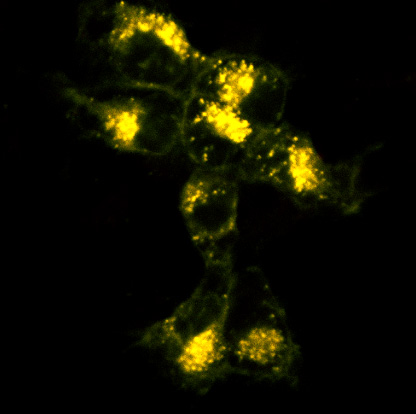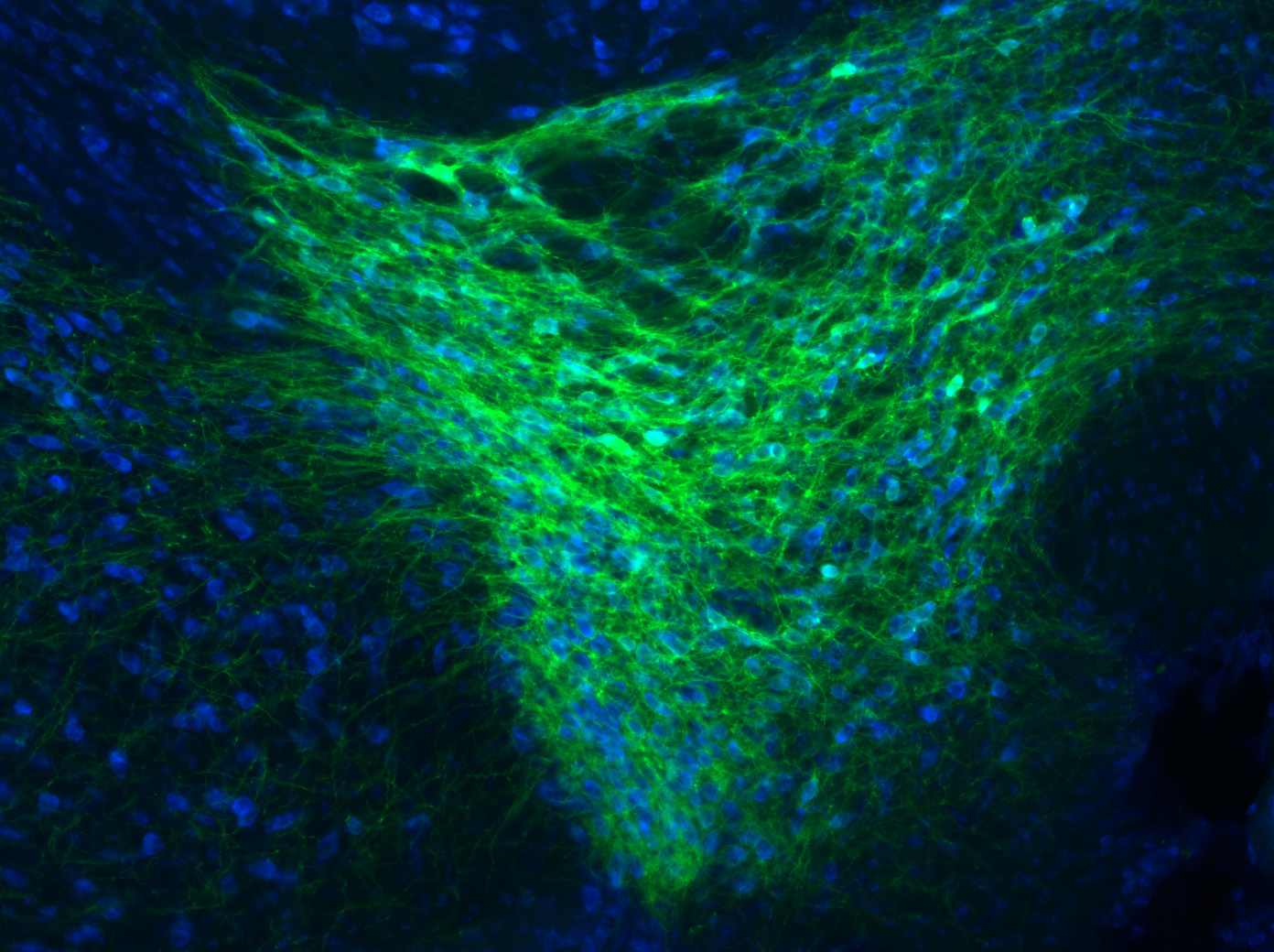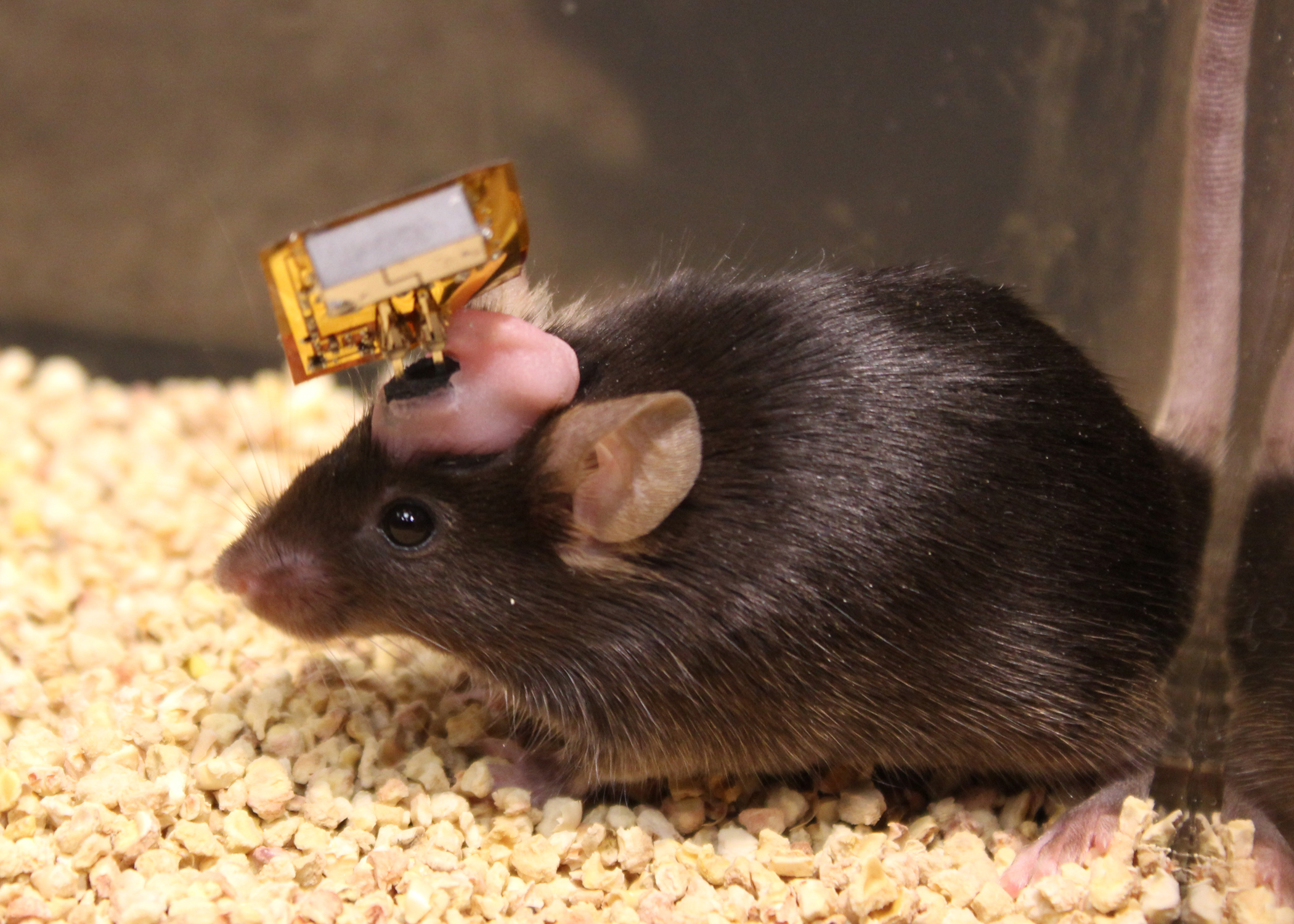TECHNIQUES: In the Bruchas laboratory we utilize a multidisciplinary approach to dissect the functional role of G-protein coupled receptors within intact circuits and systems. In doing so, we use a variety of classical and cutting-edge technical approaches. While we utilize these diverse series of methods, we strongly feel that techniques don't define science, that in fact a more mechanistic answer to a question is the goal. In addition, we also develop novel engineering approaches and biological tools as necessary to better understand how GPCRs function in vivo to influence affective behavior. This type of research requires a careful transition back-and-forth between in vitro studies, and in vivo studies. Our most commonly used approaches are outlined below.
In vitro methods
Cell/Molecular
PCR, qRT-PCR, cloning, vector design, point mutations
primary cell culture [neuronal/glial culture]
transient and stable transfection of heterologous and primary cell types
confocal fluorescent microscopy, live cell imaging, receptor trafficking
optogenetic manipulation of cell signaling pathways
protein trafficking
radioligand binding
cAMP assays
Phospho-inositol hydrolysis (IP3 generation)
Calcium Imaging (Fluo-4, Fura-2)
primary culture
Biochemical
western blotting
immunoprecipitation
antibody isolation and purification
protein phosphorylation assays
structure-function analysis
Bioluminescence Resonance Energy Transfer (BRET)
In vivo methods
Behavioral
conditioned place preference/aversion
operant behaviors (i.e.; self-stimulation, sucrose, food).
social defeat stress
analgeisa/pain assays
social interaction/avoidance
optogenetics
morris water maze, novel object recognition
swim stress immobility
anxiety-like behaviors
(elevated plus/zero maze, open field, light/dark box)
machine learning based behavioral tracking
Physiology
In vivo optogenetics
In vivo single-unit, multichannel recordings
Novel optogenetic, and physiological hardware engineering and development
In vivo calcium imaging
2-photon based spatial light modulation in vivo
development, characterization and use of biosensors for neuromodulation
Biochemical/Pharmacological
immunohistochemistry
local infusions
protein isolation
pump implantation
Surgical
rodent anesthesia
stereotaxic intracranial microinjection
intracranial cannulation, optogenetic implantation
GRIN lens implantation
Genetics / viral strategies
gene-trageting/LoxP-cre mouse genetics
viral construct generation and preparation
Adeno-associated (AAV) viral expression
Lenti-viral vector expression
Opsin and Biosensor development






